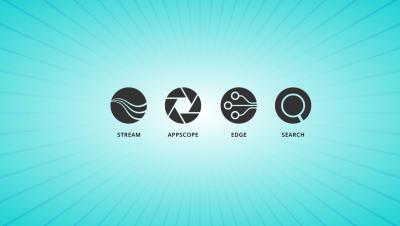Operations | Monitoring | ITSM | DevOps | Cloud
Logging
The latest News and Information on Log Management, Log Analytics and related technologies.
Security Teams Are Struggling, and Cribl Is Here to Help
Many cybersecurity teams are drinking from multiple firehoses without solutions in place to deal with the onslaught of data. And with 70 percent of companies experiencing over one hundred attacks each day, it’s not slowing down. Teams are overwhelmed with data from multiple sources and formats with continuous requests to pull in more and more.
What is OpenTelemetry
You may have previously heard about OpenTelemetry (also known as OTel) if you have looked into improved ways of standardising different data types. In this article, we’ll delve into the key things you need to know about OpenTelemetry and how this unified standard may become the future of how logs, metrics, events and traces are all handled.
Looking for Needles In a Stack of Needles? Develop an Observability Mindset
When I talk with Splunk customers, their challenges sometimes sound like trying to find a needle in a stack of needles. Feel the same way? The answers you need are out there, hidden in your data. Our job is to help you find them. Securing your networks, keeping them up and running and maximizing efficiency are key priorities. You also face the challenges of speeding up development and driving innovation to stay competitive.
What Is Telemetry Data?
As organisations increasingly send their logs to one service, their metrics to another and their traces to a third location, they remain unable to gain a unified view across all of their data types. This is because as multiple tools are used to achieve similar goals for different data types the issue of tool sprawl quickly arises.
New Cloud Region, Cloud Logging Update, & more!
Cribl Search: Powering the Future of Observability
Onboarding Data Into a New Cribl Stream Installation
How to deploy Grafana Enterprise Logs on Red Hat OpenShift
Here at Grafana Labs, we’re always looking for ways to provide our customers with a choice of platforms where they can run Grafana Enterprise Logs (GEL). As part of that mission, we’re pleased to announce that we’ve added Red Hat OpenShift 4.x support to GEL. GEL, as you may know, is a leading enterprise logs solution.











